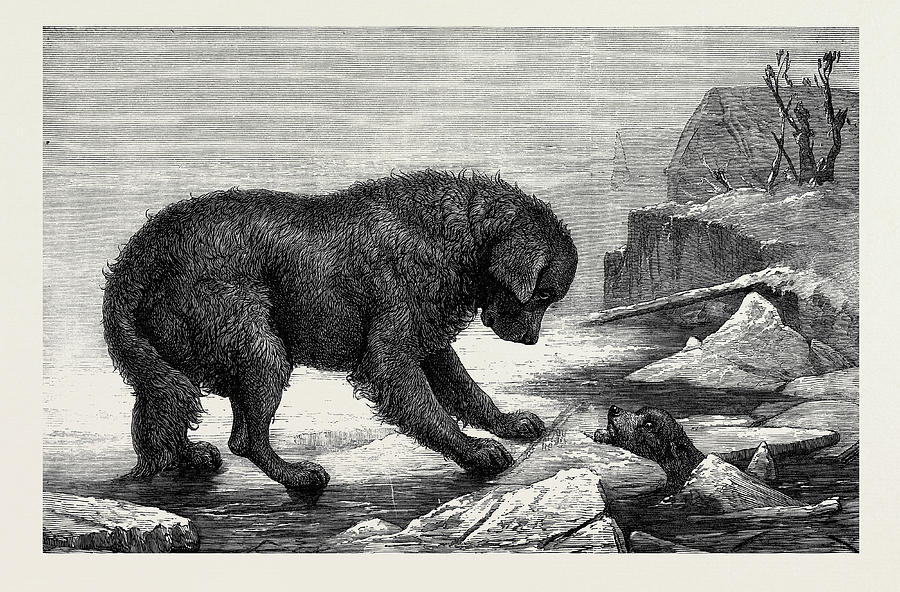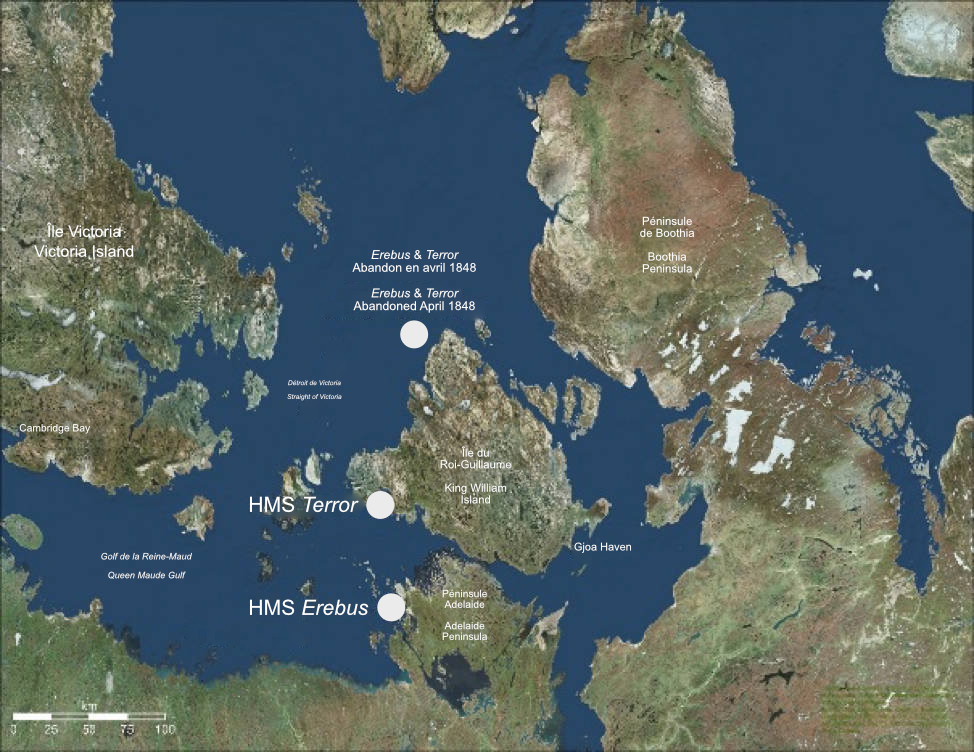

In 1859, the skeletons of two individuals were found in a boat near the southern boundary of Erebus Bay (Hobson, Reference Hobson 1859 McClintock, Reference McClintock 1860 Stenton, Reference Stenton 2014, p. The ships were locked in a destructive stranglehold at the foot of the iceberg until eventually Terror surged past the iceberg and Erebus broke free. This card invited Eleanor Franklin, to a ball held on HMS Erebus and HMS Terror on 1 June 1841. Erebus Bay is one of the most intensively studied locations where members of the Franklin expedition perished. The expedition was commanded by Captain Sir John Franklin, a seasoned polar explorer who had already led two previous searches for the North-West Passage. Erebus & Terror, - under the Command of Captain Sir James Clark Ross, R.N., F.R.S. In 1847, the ships were lost in pack ice, none of the crew members survived.

The impact floored the crew members while masts snapped and were torn away. Two ships, HMS Terror and HMS Erebus, left England in 1845 in order to search for the North-West Passage - a vital sea route between the Atlantic and Pacific oceans. Franklin’s two ships, HMS Erebus and HMS Terror, became trapped in ice off King William Island in 1846, where it is known that Franklin died in June the following year. The two sailing ships Erebus and Terror participated in the Franklin Expedition in 1845. The ships crashed violently together and their rigging became entangled. Terror couldn't clear both Erebus and the iceberg, so a collision was inevitable. The ice smashed against them so violently that their masts shook in a beating that would have destroyed any ordinary vessel.Įven more dangerously, in March 1842 the Erebus and Terror came close to destroying each other.Įrebus was suddenly forced to turn across Terror's pass in order to avoid crashing headlong into an iceberg which had just become visible through the snow.
#Erebus and terror full
In one incident, they were caught in a stormy sea full of fragments of rock-hard ice. The ships sailed into the Antarctic – which was just as perilous as the north – for three successive years in 1841, 18. Official name, Wrecks of HMS Erebus and HMS Terror National Historic Site. Together, they circumnavigated the continent and the expedition did much to map areas of Antarctica, the Ross Ice Shelf and set the scene for future polar exploration in that area. HMS Terror was a specialised warship and a newly developed bomb vessel constructed for the. The ships were completely refitted with additional strengthening and an internal heating system.

The Erebus joined the Terror for the next expedition – to the opposite end of the Earth, the Antarctic – under the command of James Clark Ross (1839–43). 'HMS Erebus in the Ice, 1846' by François Etienne Musin ( BHC3325, © National Maritime Museum) Erebus and Terror, Composer: Yellowknife.


 0 kommentar(er)
0 kommentar(er)
